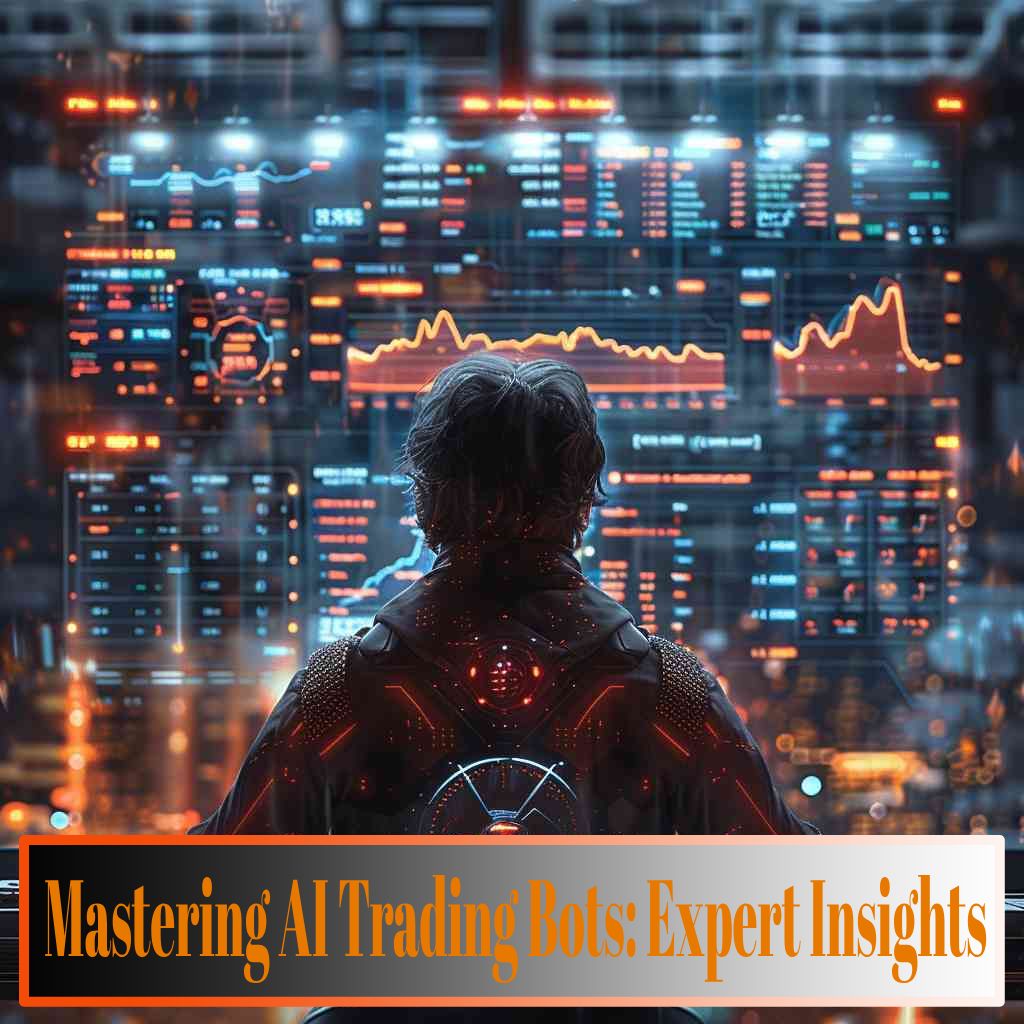Table of Contents
The Evolution of AI in Financial Markets: From Algorithmic Trading to AI Bots
The financial landscape has been undergoing a profound transformation, driven by the relentless march of technological advancement. Artificial intelligence (AI) has emerged as a game-changer, revolutionizing the way investors navigate the complex and often unpredictable world of markets. This journey began with algorithmic trading, where computer programs executed trades based on predefined rules, and has now evolved into the era of AI trading bots, sophisticated systems capable of learning, adapting, and making decisions with minimal human intervention.
A Historical Overview of AI Adoption in Trading
The seeds of AI in finance were sown in the late 20th century, with the advent of quantitative trading strategies. These strategies relied on mathematical models and statistical analysis to identify trading opportunities, laying the foundation for the automated trading systems of today. Early algorithmic trading programs focused on executing trades based on pre-programmed rules, automating tasks like order execution and risk management.
The introduction of machine learning (ML) in the early 2000s marked a significant shift. ML algorithms could learn from historical data and adapt their trading strategies in real-time, becoming more sophisticated and responsive to market dynamics. This evolution paved the way for the development of AI trading bots, which could analyze vast amounts of data, identify patterns, and make trading decisions with increasing precision.

Key Developments in AI Technology Driving Trading Innovation
The continuous evolution of AI technology has been instrumental in shaping the landscape of AI trading. Key developments include advancements in natural language processing (NLP), enabling AI systems to understand and interpret news articles, social media sentiment, and other unstructured data. This has allowed AI trading bots to factor in real-time information and sentiment analysis into their decision-making processes.
Another significant development is the rise of deep learning, a subset of ML that uses artificial neural networks to learn from massive datasets. Deep learning algorithms have proven their ability to identify complex patterns and relationships in market data, enabling AI trading bots to make more accurate predictions and execute trades with greater efficiency.
Mastering AI Trading: Expert Insights
The integration of AI into trading has sparked a wave of innovation, resulting in the emergence of a diverse array of AI trading bots catering to various investment styles and strategies. These bots offer a range of benefits, but also come with inherent risks that investors must carefully consider.
A Beginner’s Guide to AI-Powered Trading Bots
AI trading bots are essentially computer programs that automate trading decisions based on predefined algorithms and real-time market data. They leverage AI technologies like ML and deep learning to identify profitable trading opportunities and execute trades automatically.
Understanding the technology Behind AI Trading Bots
AI trading bots employ a range of AI techniques, including:
- Machine Learning (ML): ML algorithms analyze historical data to identify patterns and trends, enabling the bot to predict future market movements and make informed trading decisions.
- Deep Learning (DL): DL algorithms use artificial neural networks to process vast amounts of data, uncovering complex relationships and patterns that may be missed by traditional ML methods.
- Natural Language Processing (NLP): NLP allows AI bots to understand and interpret textual data sources, such as news articles, social media sentiment, and economic reports, enabling them to factor in non-numerical information into their trading strategies.
Different Types of AI Trading Bots and Their Strategies
AI trading bots can be classified based on their trading strategies:
- Trend Following: These bots identify and follow market trends, executing trades in the direction of the prevailing trend.
- Mean Reversion: These bots capitalize on market fluctuations, betting that prices will eventually revert to their historical averages.
- Arbitrage: These bots exploit price discrepancies between different markets or exchanges to profit from arbitrage opportunities.
- Scalping: These bots execute rapid, short-term trades to capitalize on minor price fluctuations.
The Benefits and Risks of Using AI Trading Bots
The use of AI trading bots has both potential benefits and risks that investors must carefully consider.
Advantages of AI Trading Bots: Speed, Efficiency, and Data Analysis

- Speed and Efficiency: AI bots can execute trades much faster than humans, minimizing the impact of market volatility and capturing fleeting opportunities.
- Data Analysis: AI bots can process massive amounts of data from various sources, including market data, news feeds, and social media, enabling them to identify patterns and trends that may be invisible to humans.
- Objectivity: AI trading bots are not susceptible to emotional biases, which can cloud human judgment and lead to poor trading decisions.
Potential Risks and Drawbacks: Market Volatility, Regulation, and Ethical Considerations
- Market Volatility: AI bots are designed to operate within a specific set of parameters, but unexpected market volatility can trigger unintended consequences, leading to significant losses.
- Regulation: The use of AI trading bots is still evolving, and regulatory frameworks are continuously developing to address the unique challenges posed by this technology.
- Ethical Considerations: AI trading bots raise ethical questions about transparency, accountability, and the potential impact on market stability and fairness.
Choosing the Right AI Trading Bot for Your Investment Needs
Choosing the right AI trading bot requires careful consideration of your investment goals, risk tolerance, and trading style.
Factors to Consider When Selecting an AI Trading Bot
- Trading Strategy: Determine the type of trading strategy that aligns with your investment goals and risk appetite.
- Performance History: Review the historical performance data of the AI trading bot, including its track record, win-loss ratio, and average return on investment.
- Risk Management: Evaluate the bot’s risk management capabilities, including its stop-loss mechanisms and position sizing strategies.
- Transparency: Ensure the AI trading bot platform provides clear and concise documentation about the algorithms used, trading strategies, and risk management measures.
- Customer Support: Select a platform with responsive and reliable customer support to address any questions or issues you may encounter.
Reputable AI Trading Bot Platforms and Services
Several reputable platforms and services offer AI trading bots for investors of all levels of experience. It is essential to research and compare different offerings before making a decision. For more insights, you can refer to Investopedia’s guide on AI Trading Bots.
Tips for Safe and Responsible AI Trading Bot Usage
- Start Small: Begin with a small investment amount to test the AI trading bot and assess its performance before committing a significant portion of your portfolio.
- Diversify: Do not rely solely on a single AI trading bot. Diversification across different trading strategies and asset classes can help mitigate risk.
- Monitor Performance: Continuously monitor the performance of the AI trading bot, review its recent trades, and adjust its parameters as needed.
- Stay Informed: Keep abreast of the latest developments in AI trading, including regulatory changes and technological advancements.
As the integration of AI into financial markets continues to evolve, investors have a unique opportunity to leverage the power of this technology to enhance their trading strategies and navigate the ever-changing market landscape. By understanding the benefits, risks, and best practices associated with AI trading bots, investors can potentially unlock new avenues for growth and profitability. However, it is crucial to approach this technology with caution, conducting thorough research and due diligence to ensure that AI trading aligns with your investment goals and risk tolerance.

